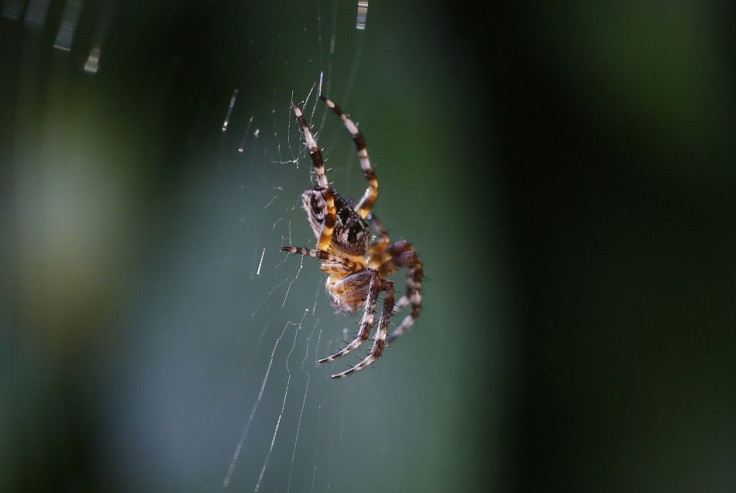Spider-Like Device Detects Human Speech And Pulse

Scientists have been inspired by the organ that senses movement in a spider called the "slit sensilla." They have developed a sensor that has the ability to detect music, recognise speech as well as monitor the heart rate of a person.
"Slit sensilla" is located near the leg joints of the spider. The slit consists of parallel slits embedded in their exoskeleton of varying lengths. It looks like the strings of a harp. It is able to sense movement or tiny vibrations in the environment by opening and closing depending on the forces exerted on it. It is also connected to the nerves that pass on the information about the force to the brains of the spiders.
Live Science cited an example of the American wandering spider. It said that with the help of the slit organ, potential mates can detect the American wandering spider because the spider scratches the leaves of plants with the help of its mouth and abdomen.
Scientists have produced a sensor similar to the working of the "slit sensilla" which helps produce a sensor that is sensitive as well as flexible. The sensor could be used in wearable electronics.
A mechanical engineer from Seoul National University in Korea, Mansoo Choi, said that the on top of a soft polymer, the new sensor consists of a platinum film which has cracks on it. Choi and his colleagues are calling it the "nanoscale crack sensor."
The device's sensitivity was demonstrated by the researchers with the help of a violin. The sensor was connected to a violin and then the vibration of the string was converted into digital recordings of each note. Apart from vibrations, the sensors can also recognise simple speech which are used to control computer games.
A biomaterials scientists at Max Planck Institute of Colloids and Interfaces, Peter Fratzl, who was not involved in the study said that they were still far away from an artificial sensory system which will have performance similar to that of the spider. He explained that the evolution of the spider goes back to the origins of the Chelicerata group of arthropods which had been in existence for 1,000 times longer than that of humans.




















